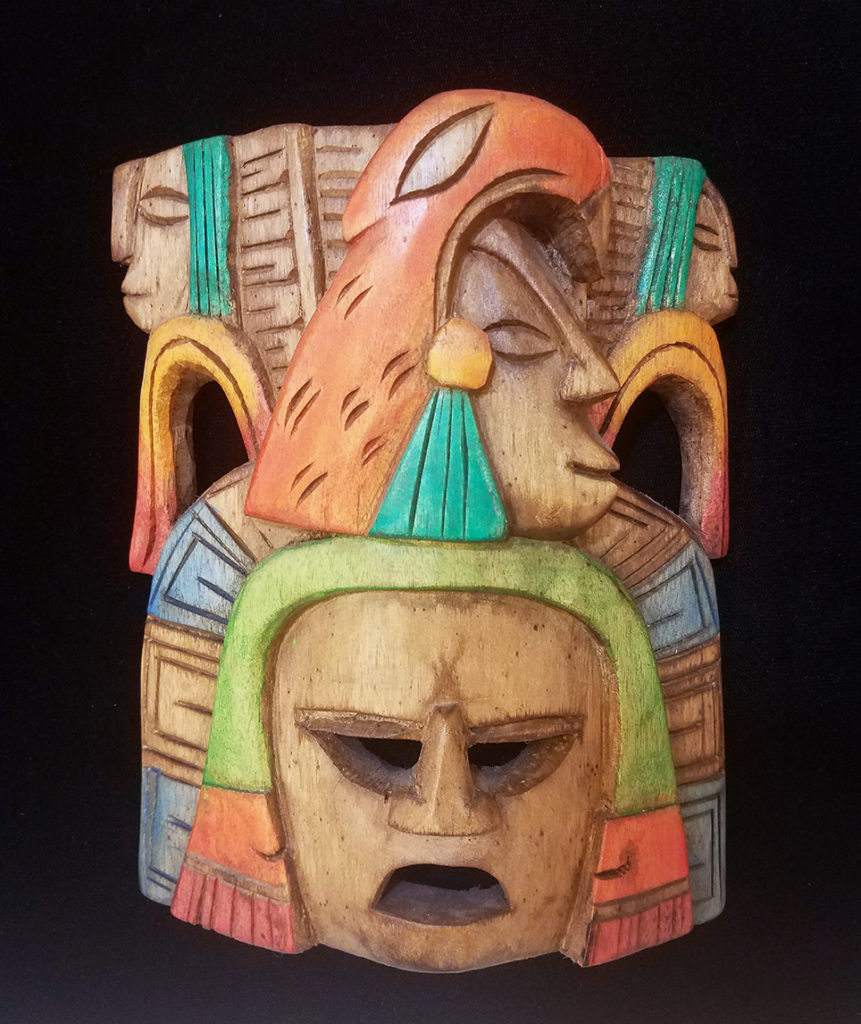A mask allows the person behind it to identify with someone or something else; an identification perceived by the viewers around them as either fictional or real, depending on the context in which the mask is used.
In theatrical performances, that person is both themself and another—the character being portrayed. They play a role in a fictional space that preserves a distance between “the self” and “the other.” Regardless of how closely the actor puts themself in the place of a character, they do not become one with that character.
In ritual performances, however, there is no such distance. Rituals take place in a sacred space and time, and the person wearing a mask does not play a role—they become someone or something else. They can become a personification of deities, spirit beings, or demonic creatures who help human beings transform one reality into another through the symbolic means of the ritual.





